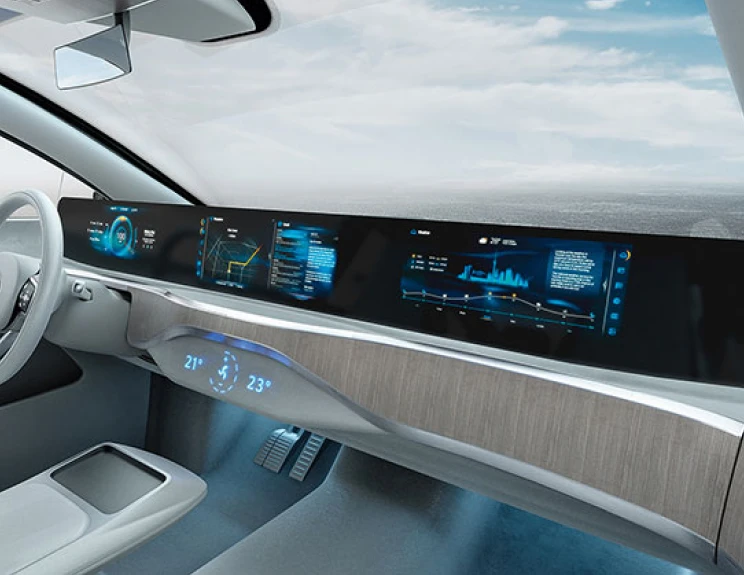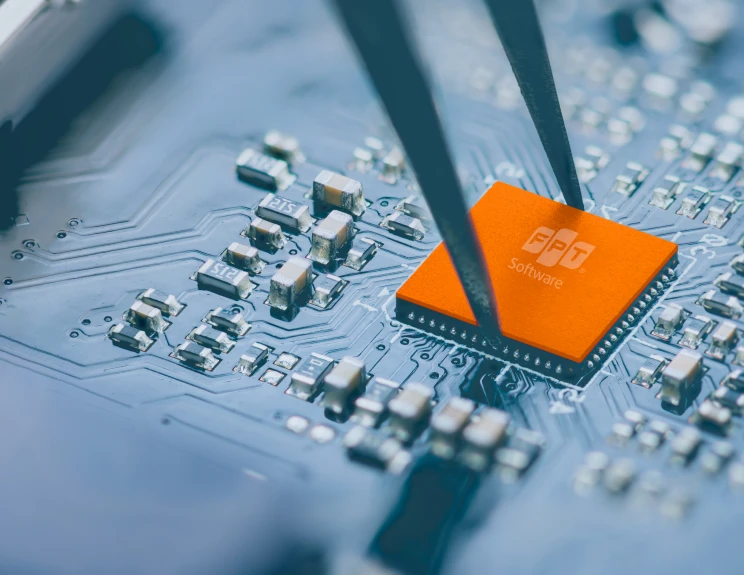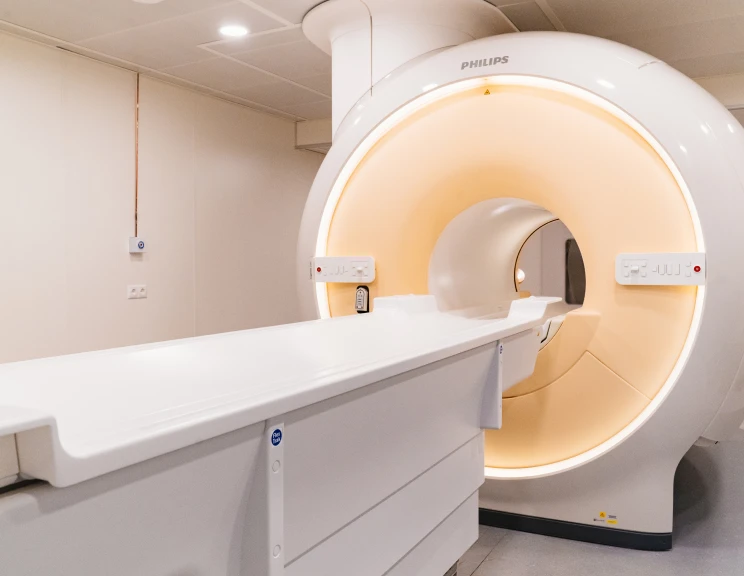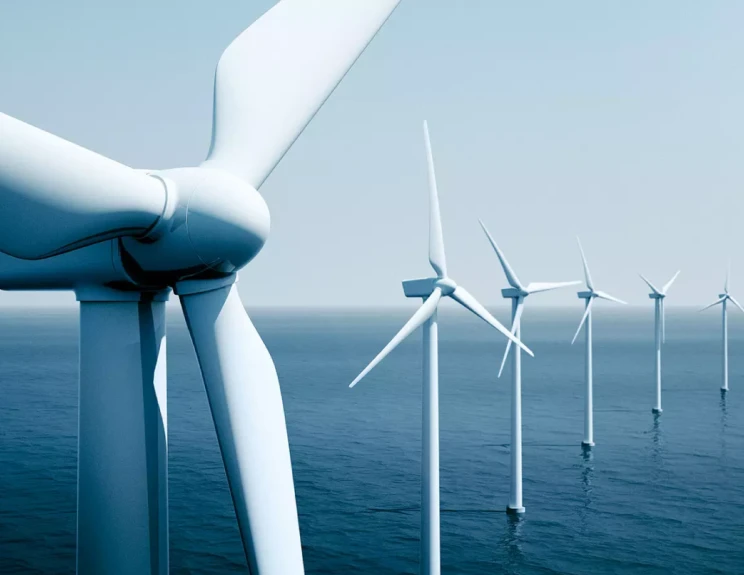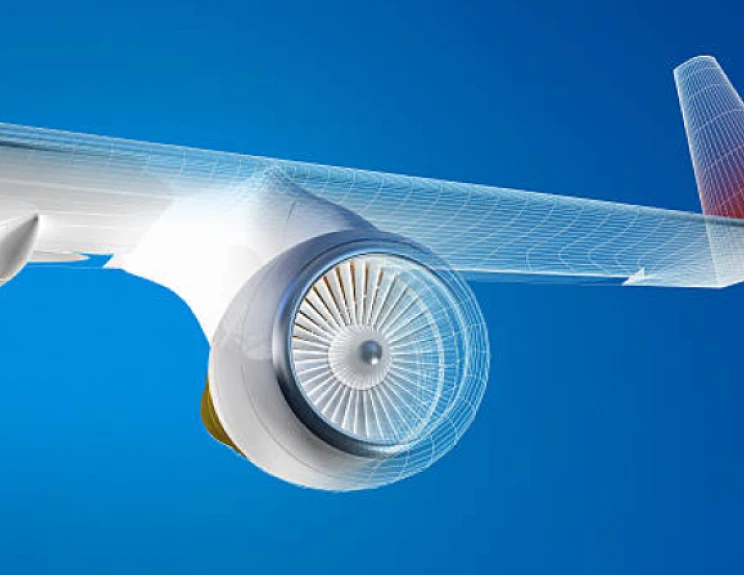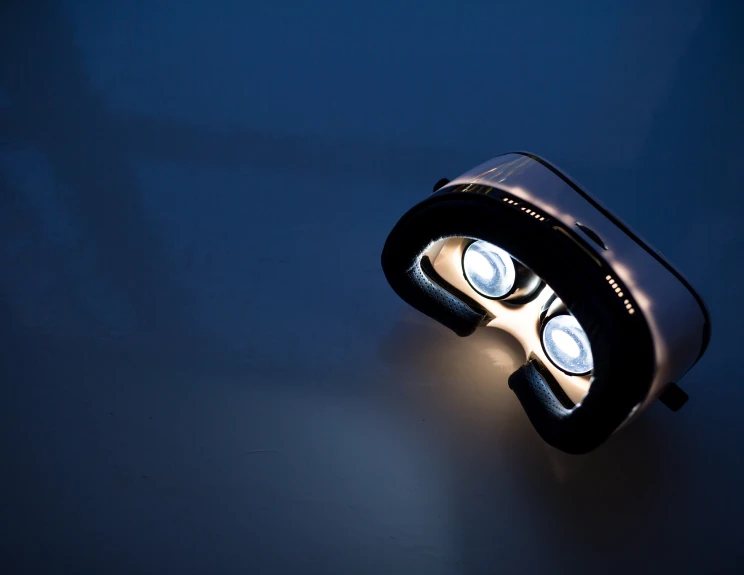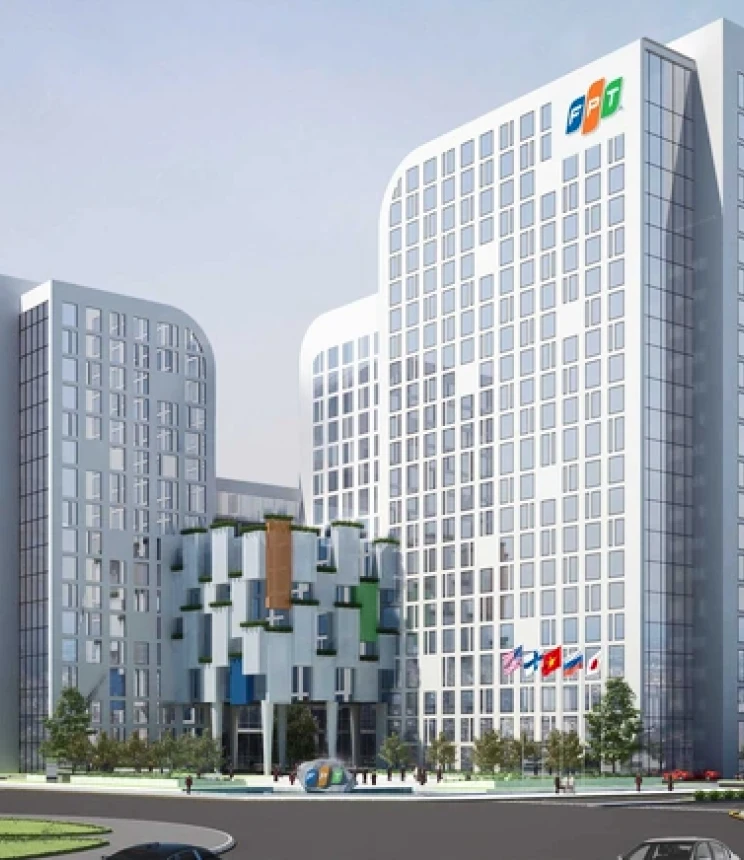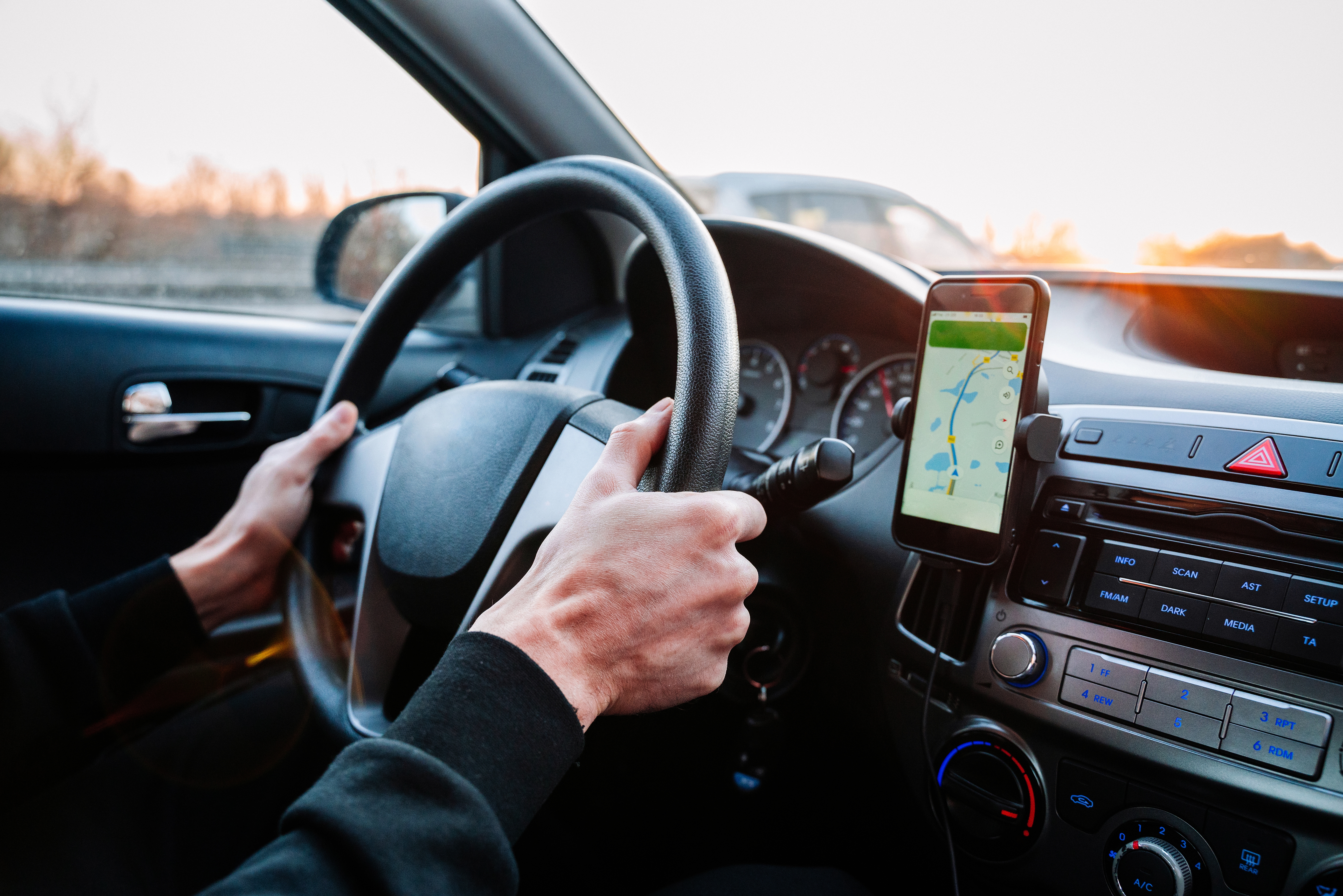
From hardware-based to software-defined vehicles
There is a universal shift in the global automotive industry, that is vehicles being increasingly driven by software, giving rise to what is called “software-defined vehicles” (SDVs). Software-defined vehicles, as its name suggests, refer to automobiles that manage and improve their operations, such as adding functionalities and updating new features partially or entirely through software without the need to alter their hardware. This shift is accelerating across the globe, so much so that researchers estimate that a whopping 90% of total cars produced by 2029 will be software-defined [2].
South Korean automakers are already embracing this shift, as more and more manufacturers aiming to accelerate the integration of software-defined development into their automobiles. Hyundai Motor Group, a major automaker in South Korea, plans to transform its automobiles to software-defined vehicles by 2025, offering over-the-air (OTA) and personalized services such as software updates and subscription [3]. Similarly, Hyundai Motor group and Kia partnered with Samsung Electronics to develop solutions for connecting their vehicles with the smartphone ecosystem using Samsung’s “SmartThings.” This integration allow the two carmakers to introduce a vehicle location verification service, where customers can check the locations of their vehicles via Samsung’s SmartThings app [4].
Yet the transition to SDVs demands more than vision—it requires massive investment. Early adopters attempted to build in-house platforms to gain a technological edge. But these bespoke systems often led to fragmented development efforts, lacking scalability, reusability, or integration capabilities. This inefficiency gave rise to global calls for software standardization. One key framework that’s gained traction is AUTOSAR (AUTomotive Open System ARchitecture). By promoting standardized software development and open E/E system architecture, AUTOSAR-compliant solutions, despite their original producers, are highly reuseable and compatible with different systems, allowing automakers to save costs on development and accelerate time-to-market. Nevertheless, developing AUTOSAR-compliant solutions remains a challenge for automakers without extensive technological know-how and experience.
Global automakers are not only embracing the concept of AUTOSAR but also accelerating time-to-market by partnering with well-versed technology partners. For example, a Swedish automaker has chosen MaaZ, FPT Corporation’s AUTOSAR platform, to develop safety and security solutions for its vehicles, such as Watchdog Safety, vector MICROSAR SMI, and ECU cybersecurity controls. The FPT team provided end-to-end services for developing AUTOSAR-compliant solutions for the Swedish automaker, from consulting to solution development and implementation. For safety solutions, FPT engineers began with refining safety concepts and creating safety cases, then performing analysis & configuration for tracking and optimization. For security solutions, MaaZ offered various security services, including Testing and Secure platform, Secure in-vehicle communication, while supporting component TARA, revising security requirements, creating security cases, and implementing ECU cybersecurity controls for the automaker. By embracing AUTOSAR with the help of MaaZ, the Swedish car manufacturer successfully accelerated time-to-market for new products, with getting them ready everyday and having them released on vehicles periodically every two months.
Learn more about the success story here.
AI accelerates autonomous driving
South Korea targets to be among leading country globally in autonomous driving, aiming to commercialize a Level 4 autonomous vehicle in 2027 and have 50% of newly launched vehicles in 2035 to be Level 4 models [5]. To support this ambitious initiative, AI plays a vital role in enabling and accelerating the development of autonomous vehicles. Indeed, AI powers impactful use cases that allow vehicles to operate on their own safely and securely, including the ability to interpret their surroundings using data from sensors, perform complex path planning by analyzing traffic conditions, speed limits, and potential obstacles, and ultimately make decisions to control the vehicles functions such as acceleration, braking, and steering. For that reason, South Korea is actively advancing research and development efforts, including a new project on developing AI accelerator semiconductor for autonomous vehicles, with capabilities surpassing that of the US semiconductor giant NVIDIA [6]. Recently, the country announced an investment of 480 billion won ($349.1 million) this year for developing AI-based services and products, including AI factories, AI chips and self-driving cars [7].
In parallel, Korean automakers are also accelerating AI development and autonomous vehicle initiatives. Hyundai Motor Group plans to roll out vehicles with Level 2+ autonomous driving technology by 2027, with a system using “AI deep learning decision structures” to analyze data captured by vehicle cameras and radar [8]. Recently, the automaker announced a partnership with Waymo to integrate the company’s sixth generation fully autonomous technology into Hyundai’s all-electric IONIQ 5 SUV [9]. There has also been a collaboration among local enterprises and government agencies in this area. For example, Hyundai Motor Group and Kia are partnering with Korea Advanced Institute of Science and Technology (KAIST) to jointly develop LiDAR sensors for advanced autonomous vehicles. This collaboration aims to develop a new signal detection technology, called Frequency Modulated Continuous Wave, which aims to significantly improve the accuracy of distance detection in severe weather conditions [10].
Tech investment on the rise
Tech spending in the South Korean auto industry is undoubtedly increasing, with major markets such as the automotive artificial intelligence and autonomous vehicle experiencing robust growth, both at nearly 30% between 2025 – 2030 [11] [12]. On an enterprise level, Hyundai Motor Group announced a record investment of 24.3 trillion won ($16.65 billion) in the South Korean market in 2025, with half of the budget dedicating research and development efforts for next-generation products, electrification, software-defined vehicles, hydrogen fuel-powered products, and other technology. Another 800 billion won is reserved for strategic initiatives such as autonomous driving [13]. These are clear examples of South Korea’s dedication on technology development as the global automotive industry is approaching the next revolution powered by software. With bold investments, strategic alliances, and a government-backed vision for smart mobility, South Korea’s automotive sector is heading towards a promising future despite economic headwinds and market uncertainties.




